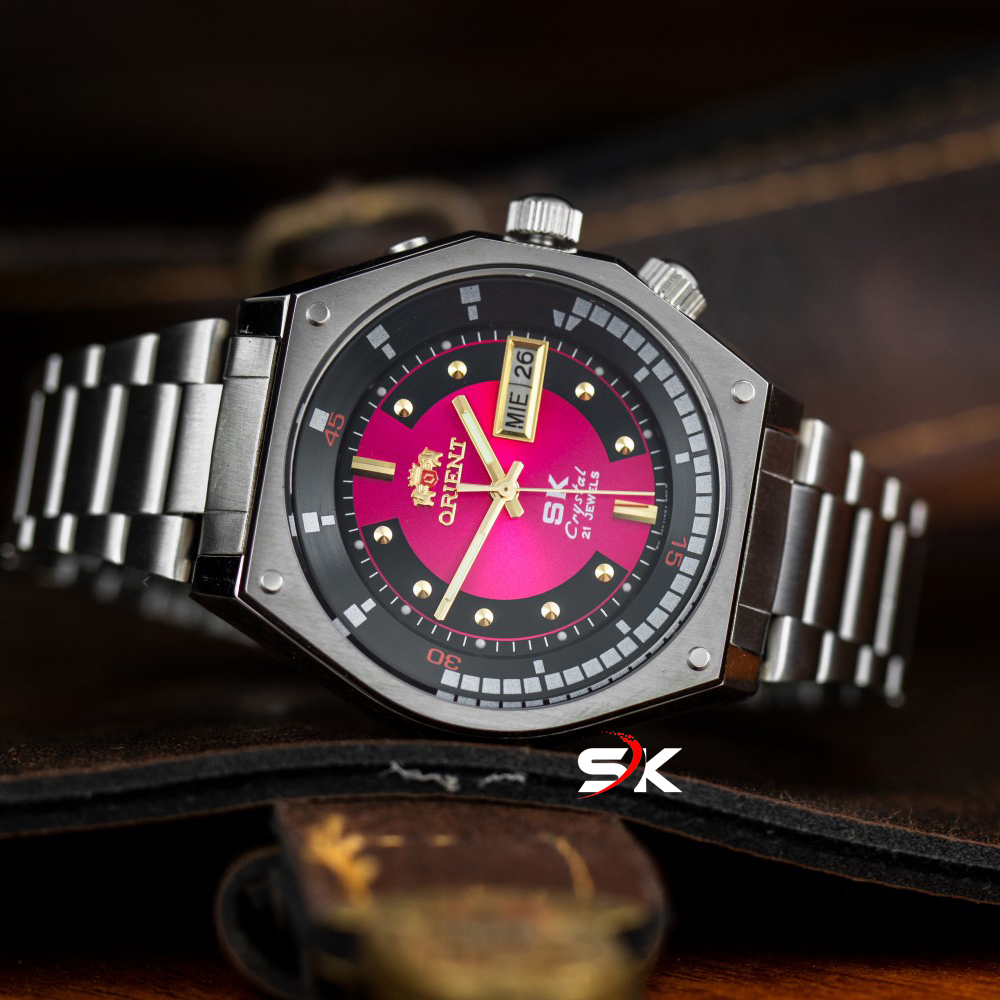At the point when I previously chose to put resources into a couple of Nikon binoculars for flying creature watching or ‘canisters’ as they are here and there called, I had no clue about what I needed or what to search for in a decent pair of binoculars. as of late began going on open air strolls in the wide open as a feature of a solid way of life change, and chose to get a couple of binoculars in order to appreciate the outside somewhat more close up, you know the standard things, for spotting feathered creatures and looking at nearby untamed life.

I basically needed an OK pair of hearty, solid binoculars that I would have the option to utilize day by day. I figured it would be a simple undertaking to locate the correct pair, anyway it demonstrated harder than I suspected. It was exceptionally confounding attempting to understand out all the specialized inquiries on what is by all accounts a straightforward thing to pick – which set of binoculars is best for me Questions, for example, – which amplification to pick What influences the light or obscurity of a picture How to show signs of improvement field of view what makes the picture keener What sorts of focal points are ideal the rundown goes on and click here.
Here is the thing that I found; it might assist you with setting aside time and cash when choosing which pair of binoculars to purchase. I limited my inquiry to finding the best binoculars for flying creature viewing to one’s that give a fair amplification, a sharp quality picture, and the manufacture quality must be powerful enough to deal with everyday use while simultaneously be sufficiently light to continue long strolls.
About Magnification
The amplification that is by all accounts generally well known with feathered creature watchers is the 8 x 42 or 10 x 42 models. The numbers are a touch of mistaking for novices, so to place it in basic terms 8 x 42 implies that the picture you are looking is multiple times nearer than that of review something with the unaided eye, the 42 is the width of the survey lenses in millimeters, this additionally influences how a lot of light is permitted into the binoculars, the lower the number the less light is permitted in and therefore the darker the picture. Pick a set with 35 to 45 mm; this will enable enough light to enter the binoculars to help give a reasonable, sharp picture in low light conditions, for example, in the early morning or late night. However, a significant point to note is the higher the amplification, the more you will endure with picture shake except if you have extremely relentless hands or utilize a tripod. Utilizing too high and amplification likewise diminishes the width of view.
